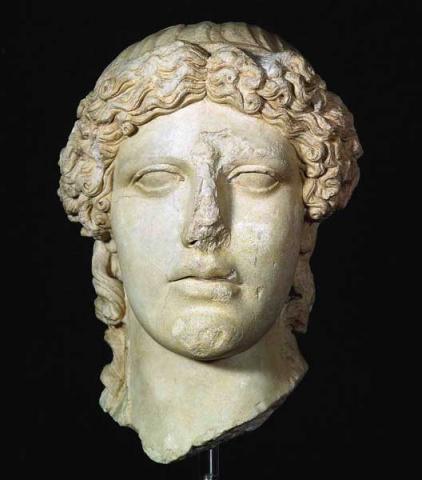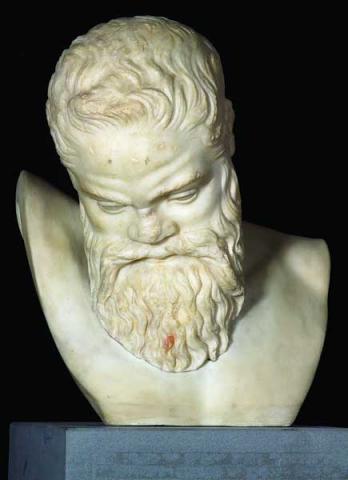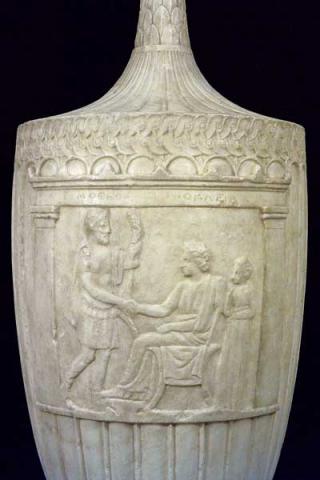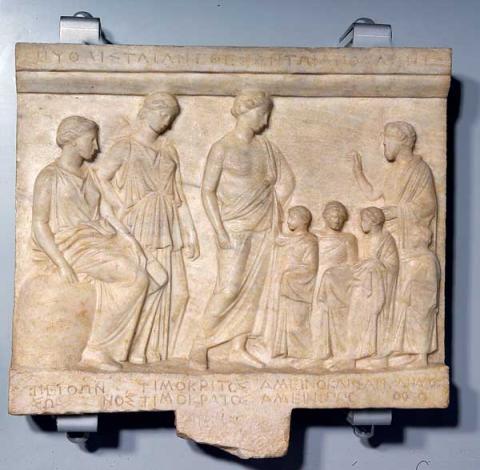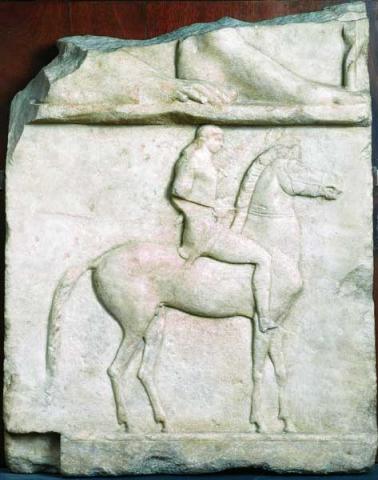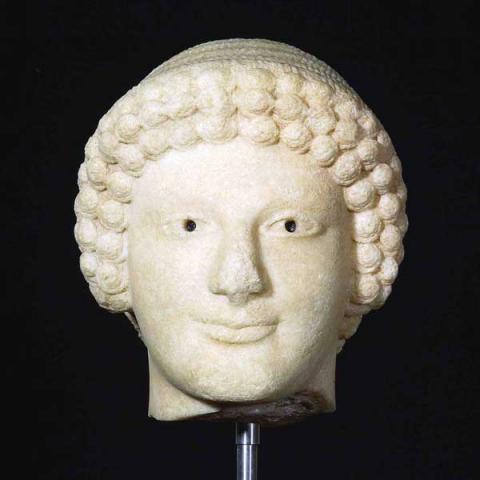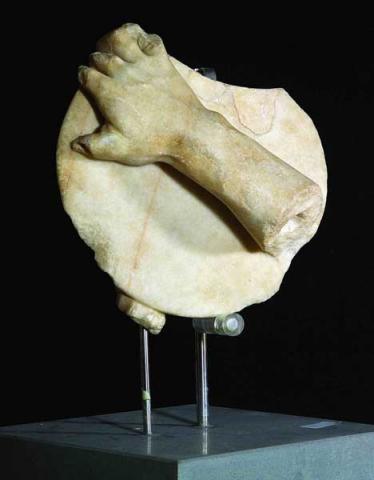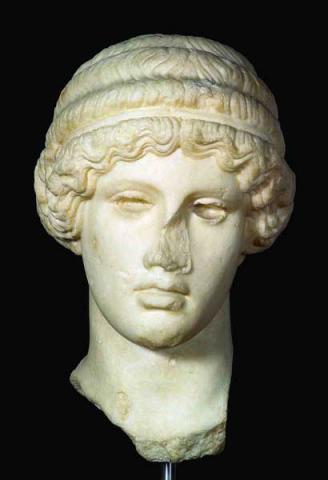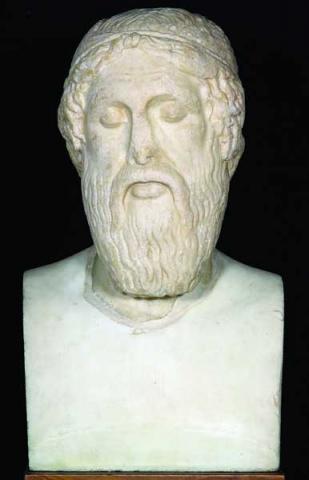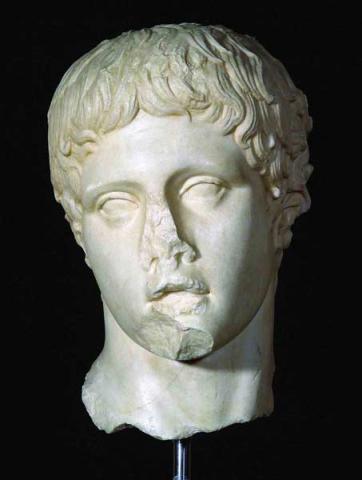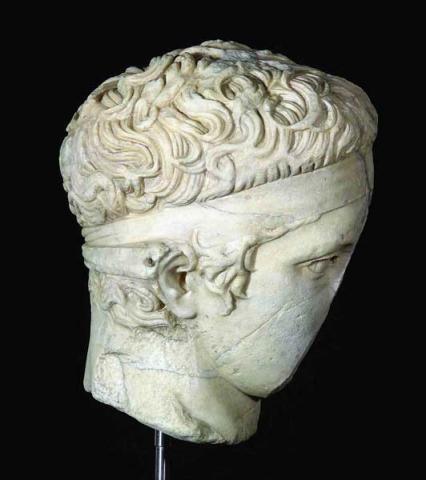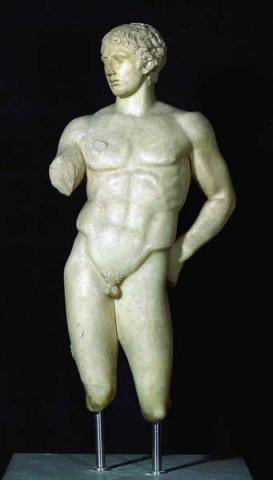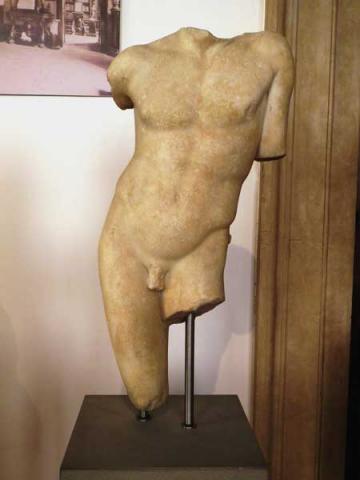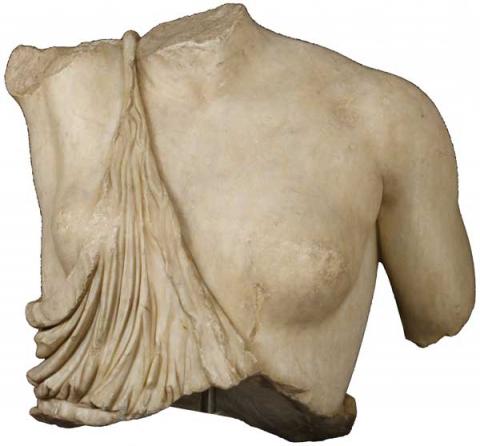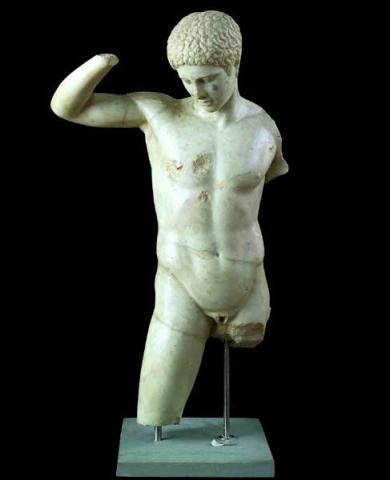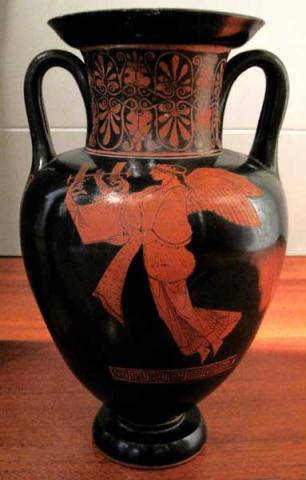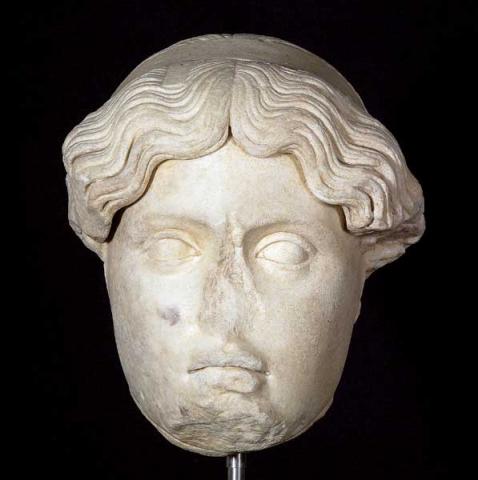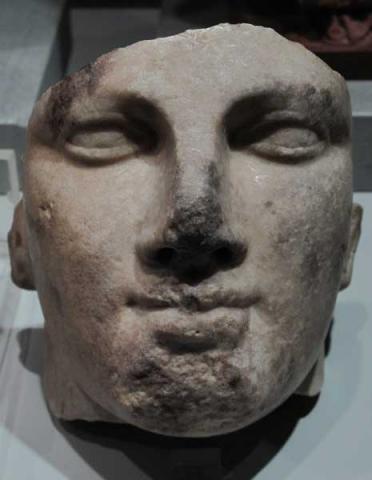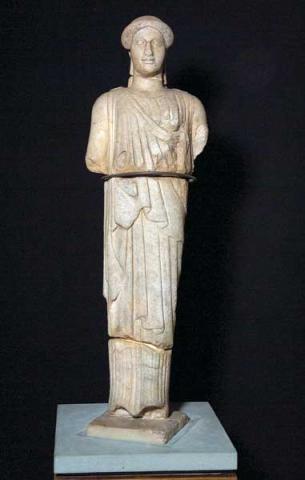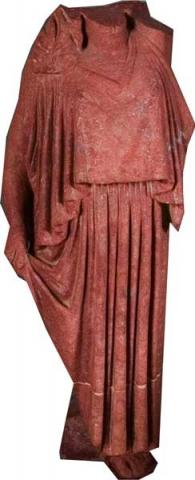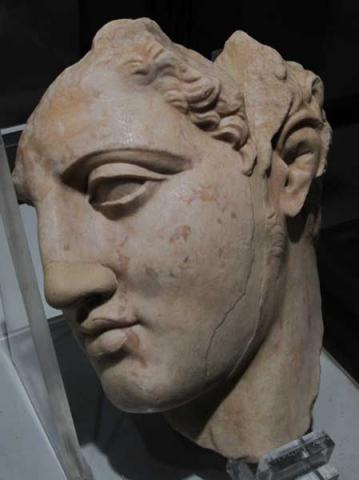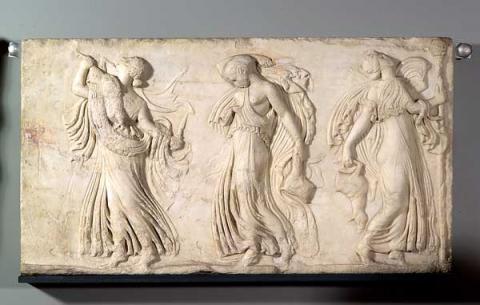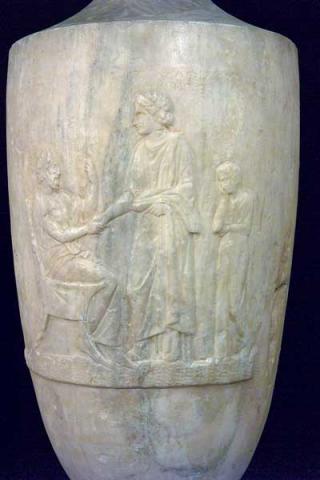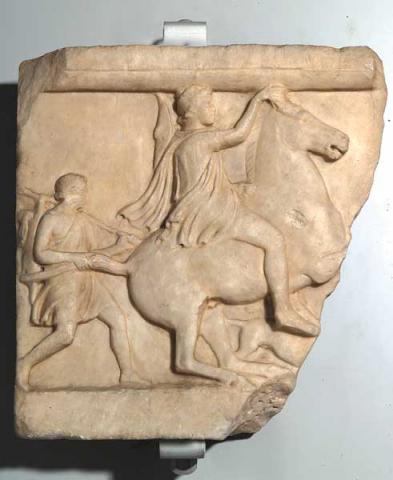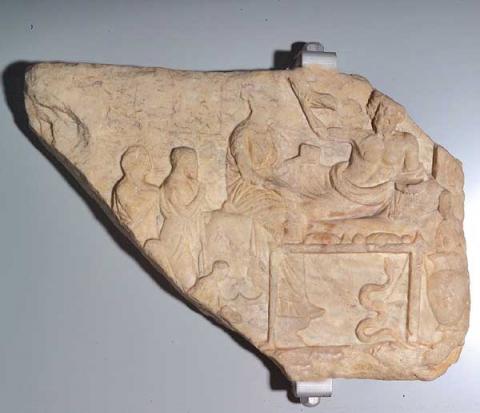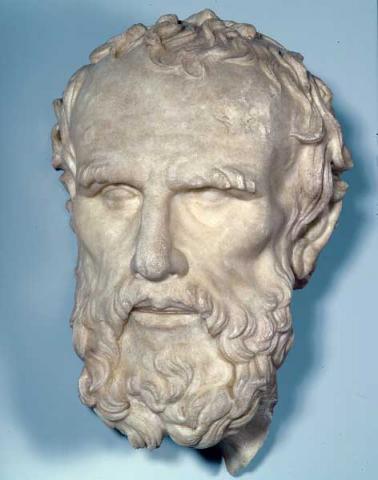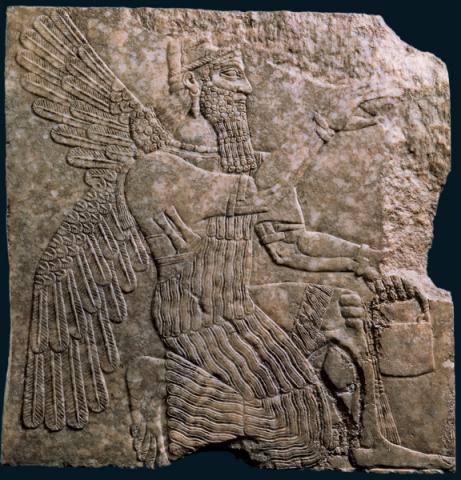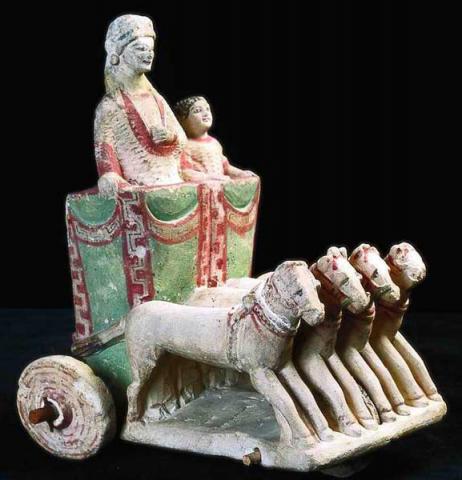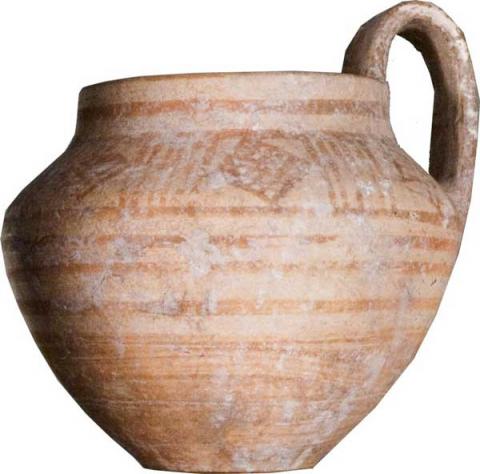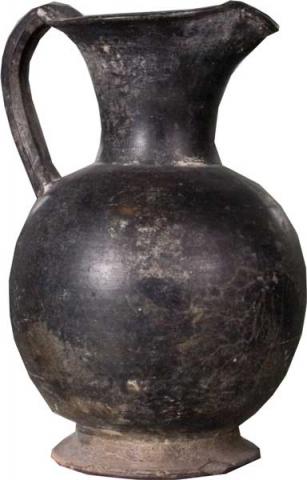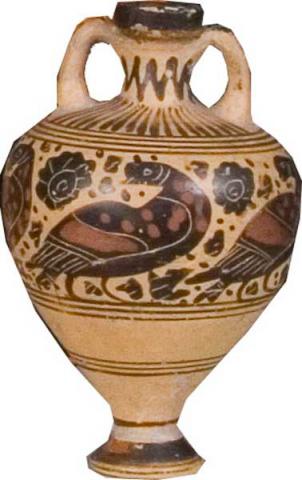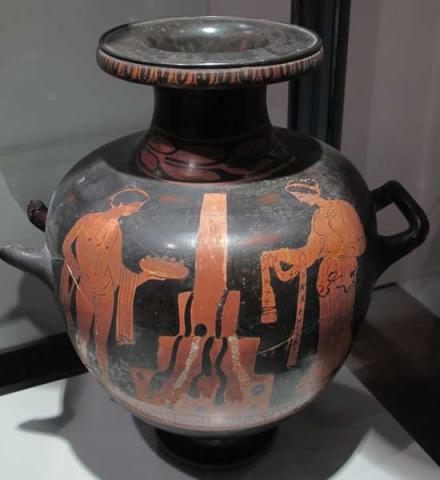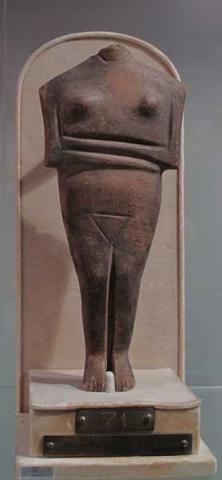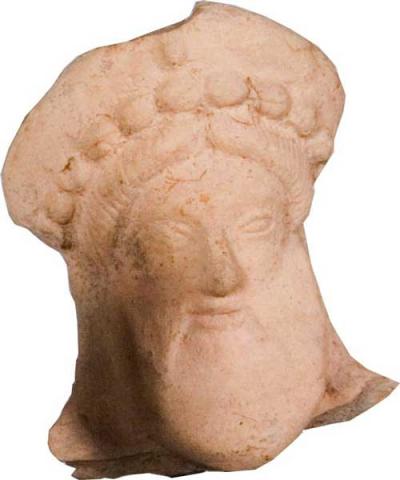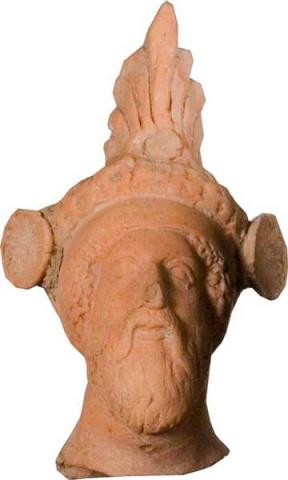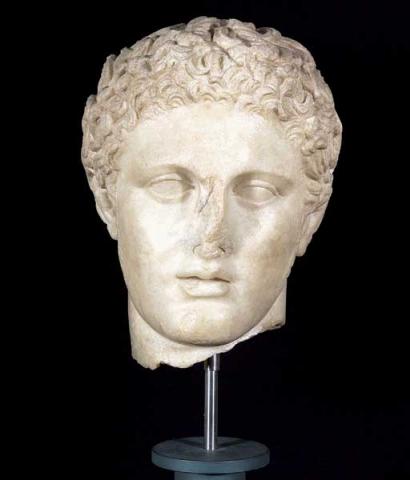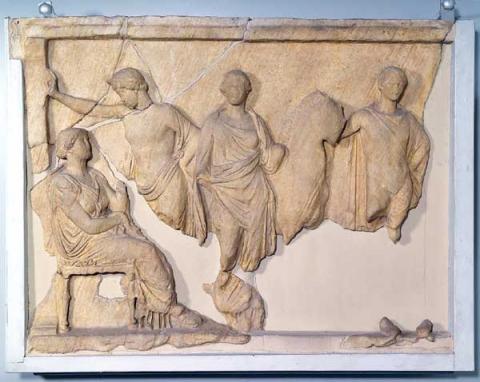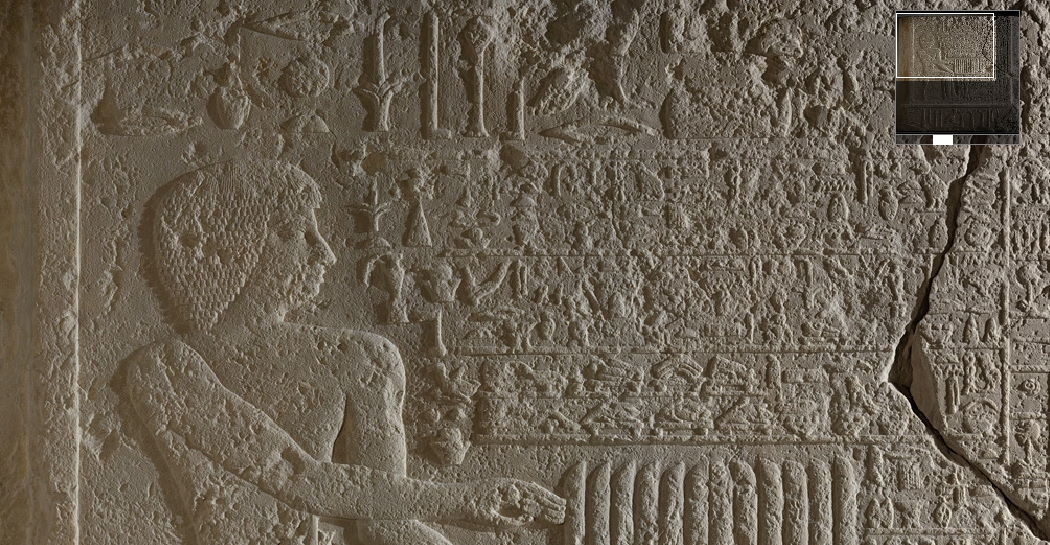Greek art
In slowly and methodically building his collection of ancient art, Giovanni Barracco gave a special place to Greek sculpture, considered a milestone in Western representational culture and the culmination of a cultural evolution to which the ancient civilizations of the peoples of the Mediterranean basin had contributed.
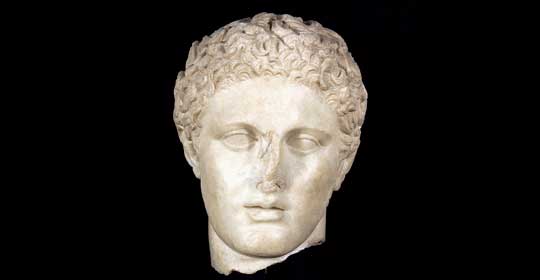
With the aid of two great connoisseurs of Greek art who advised him on purchases – first Wolfgang Helbig, and later Ludwig Pollak – Barracco succeeded in collecting highly significant works that illustrate the development of Greek sculpture from the archaic period to the Hellenistic age. The period when Barracco was building his collection was a time of great enthusiasm for the archeological explorations in Greece and Italy that made it possible to bring to light a nearly inexhaustible store of artworks.
Tapping the international art and antiquities market of the late 19th and early 20th centuries, Barracco bought a large number of original Greek works made in Greece itself, in Sicily and Magna Graecia, succeeding in gathering an important documentation that constitutes one of the most significant and prestigious parts of the collection. In some cases, the Greek sculptures were bought in Rome, where they had already arrived in ancient times, often as war booty. Some of them had been used to decorate public monuments, and soon coveted by wealthy members of the aristocracy for their private collections.
Alongside the rare and precious original works, the Barracco collection contains a highly significant choice of Roman copies of the highest level, created by workshops that specialized in making replicas or reworkings of the most celebrated Greek sculptures for very demanding patrons. These pieces make it possible to survey not only the principal expressions of Greek art, but also the manifestations of artistic taste in the Roman world.
